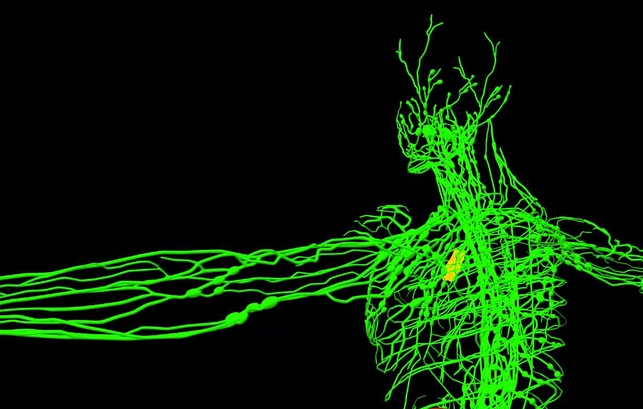Study: The sun may have more to do with global warming than carbon dioxide
08/19/2021 / By Mary Villareal

A peer-reviewed paper produced by a team of almost two dozen scientists concluded that the sun may be the main cause of warmer temperatures, not the carbon dioxide emissions blamed by the United Nations (UN) Intergovernmental Panel on Climate Change (IPCC). The paper also said that previous studies did not adequately consider the role of solar energy in explaining the rise in temperatures.
The IPCC recently released its sixth “Assessment Report” that cited man-made carbon dioxide emissions as the main reason for global warming. The new study casts some doubts on the hypothesis.
The climate scientists and solar physicists involved in the paper concluded that the IPCC’s stance on blaming human emissions were based on “narrow and incomplete data about the sun’s total irradiance.” The global climate body appears to have displayed deliberate and systemic bias in what views and data are included in its influential reports.
“Depending on which published data and studies you use, you can show that all of the warming is caused by the sun, but the IPCC uses a different data set to come up with the opposite conclusion,” Ronan Connolly, the lead author of the study, said in an interview.
“In their insistence on forcing a so-called scientific consensus, the IPCC seems to have decided to consider only those data sets and studies that support their chosen narrative.” (Related: Man-made global warming fiction.)
Human emissions have virtually no role in global warming
Using publicly available data from the U.S. government and other sources, the paper says it is easy to explain that all of the warming observed in recent decades come from nothing but changes in the solar energy arriving on Earth.
The paper does agree that using the data sets chosen by the UN would imply that humans are largely to blame. But the study includes multiple graphs showing that simply using different data sets could upend the IPCC’s conclusion. If confirmed, the study would represent a devastating blow to the IPCC and its conclusion that human emissions of carbon dioxide are the primary driver of global warming.
Using 16 different estimates on the amount of solar energy, the review compares that data with over 25 estimates of temperatures in the Northern Hemisphere, stretching back from the 1800s.
When solar data from the sun-monitoring satellites of the National Aeronautics and Space Administration (NASA) are compared to reliable temperature data, virtually all of the warming can be explained by the sun with no role whatsoever for human emissions. The UN seems to have ignored NASA’s data to support the hypothesis of human responsibility.
“Historical records of solar activity indicate that solar radiation has been increasing since the late 19th century. If a trend, comparable to the one found in this study, persisted throughout the 20th century, it would have provided a significant component of the global warming the IPCC reports to have occurred over the past 100 years,” said Richard Willson, a researcher affiliated with NASA’s Goddard Institute for Space Studies and Columbia University’s Earth Institute in New York.
Confirmation bias plays role on IPCC reports
The IPCC reports have consistently blamed human activities, such as emissions of greenhouse gases, for the observed warming changes. While many agree with the UN’s position, there are dozens of other studies that pointed to the sun as the primary driver of climate change. These dissenting scientific views have not been reflected in the UN reports for reasons that have not been explained.
One concern being highlighted in the IPCC’s approach included estimating global temperature changes using data from both urban and rural locations. The study’s authors said that this results in the artificial skewing of temperatures due to the “urban heat island effect,” which they believe must be taken into account.
This effect shows that cities tend to be warmer than the countryside due to activity and structures, so temperature stations that have had cities grow around them will show artificial temperature increases caused by urbanization, not global warming.
The IPCC rejected these concerns, arguing that urbanization played a minor role in the estimated temperature increase.
Regarding the disparity about the results on this subject, Connolly suggested that “confirmation bias” was at work. This happens when individuals only consider information that supports their bias, something that can affect all scientists.
“Whether they were deliberately doing it or whether it was simply confirmation bias is difficult to say, but it is clear that data sets are being selected that support the IPCC view while data contradicting it have been excluded,” he said.
Learn the truth about climate change at ClimateScienceNews.com.
Sources include:
Tagged Under: biased, carbon dioxide, climate change, climate science, conspiracy, deception, disinfo, environment, global warming, greenhouse gases, propaganda, research, solar energy, sun, truth, United Nations
RECENT NEWS & ARTICLES
COPYRIGHT © 2017 REAL INVESTIGATIONS NEWS




















